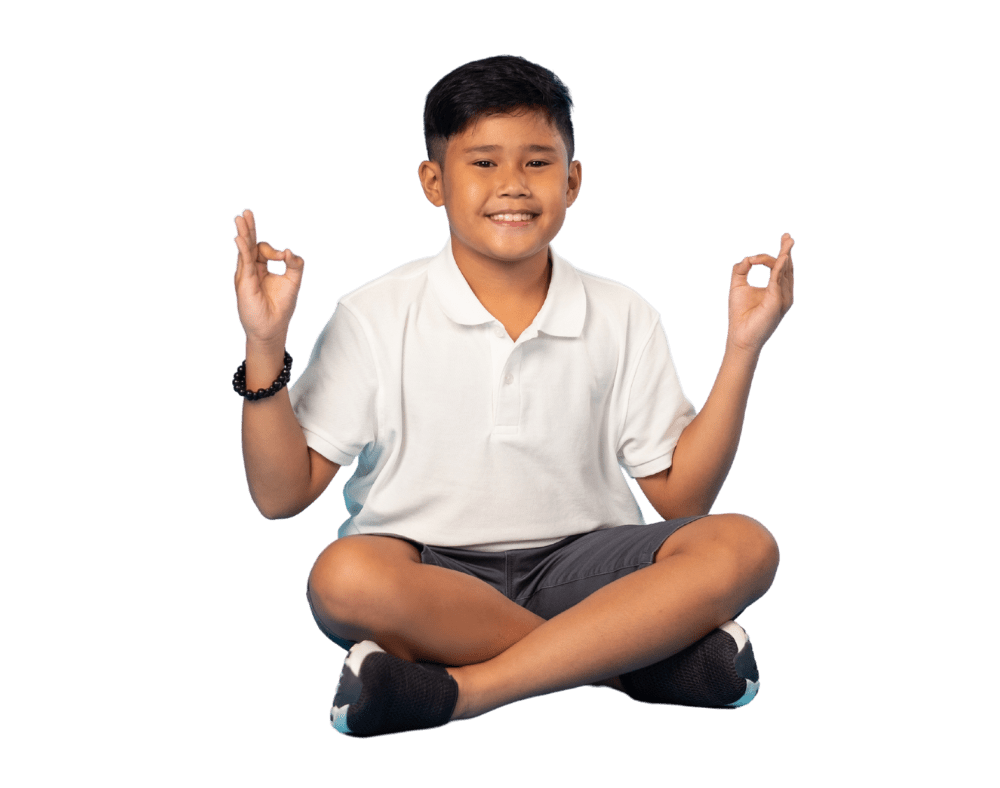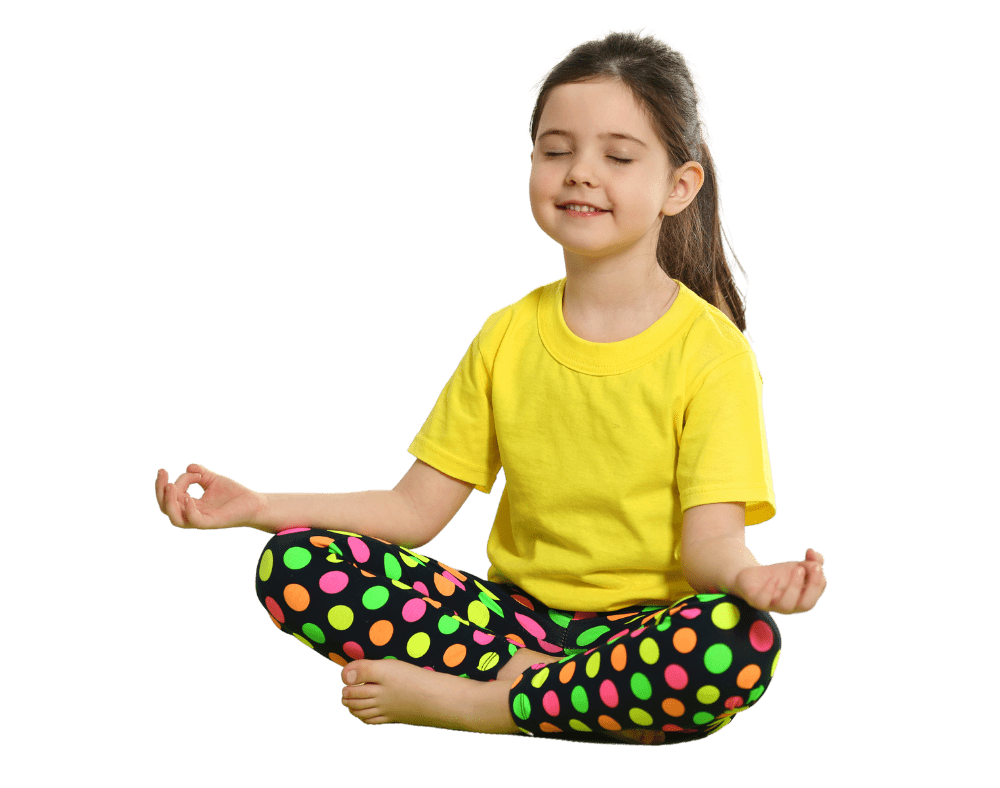Those of us who teach yoga to children know firsthand that we really get the kiddos moving! We have them running, jumping, hopping, skipping, shaking, sliding, rolling, dancing, sitting, standing, and stretching. We incorporate focus activities, breathing techniques, deep-relaxation experiences and provide our little yogis with stress-reduction tools to take home with them. What’s even more exciting, especially for me as a reading specialist, mommy of a terribly terrific two year old, and strong proponent of active learning, is that yoga builds literacy. That’s right!!! We are helping our kiddos gain literacy skills just by having them Skip Around the Room, Jog Through the Jungle, or do the Yoga Slide (see video below). While recently reading research articles on movement and literacy and the correlation between large muscle groups and memory as well as the benefits of exposure to music and rhythm, my heart started racing and my endorphins peaked as I proudly realized that we are building literacy skills for our kids each and every time they participate in yoga class.
Research on movement and literacy prove they are both forms of communication and self-expression. It is said that body language is a visible method of communication and ideas and feelings expressed in words actually begin in the body before we write or speak. We know from experience with our little ones that infants use movement as their first form of language to communicate with the world. Further, movement is something all children do naturally, at their own pace. When a teacher asks children to get into small body shapes, some will move quickly and some will move slowly. The key here is that all the children are moving at their own speed while acquiring and refining their motor skills, just like they do in yoga!
Here are some key findings that prove yoga and movement help teach literacy skills:
- Spatial orientation is necessary for letter identification. Having children mimic the straight and curvy lines of letters with their bodies rather than simply attempting to copy onto paper, their sense of directionality and spatial orientation is greatly enhanced.
- There is rhythm in walking, running, skipping, galloping, marching, jumping, and hopping.
- Sounds, silences, pauses, intonation, and stresses are all components of rhythm
language.
- Tapping to the rhythm of poems and rhymes develops temporal awareness.
- Temporal awareness creates an awareness of the rhythm of literary works and helps children “internalize the beat” when they are beginning to read.
- Prepositions (over, under, around, through, beside, near) are little words that are so critical to language and life. As children move over, under, around, through, beside, near objects, the meaning of the words have greater significance and thus, lasting in memory.
- Stringing actions together to form sequences is similar to linking words together to sentences and eventually paragraphs.
- When children learn, create, or dance to songs they experience flow and phrasing.
- To learn a song lyrics, children must think about the meanings of the words. The words are important to them and therefore have more relevance than a vocabulary or spelling list.
- When we ask children to walk slowly or skip lightly, adjectives and adverbs become more than abstract concepts.
- Word comprehension is immediate and long lasting when children physically demonstrate action words such as stomp, pounce, stalk, slither or descriptive words such as smooth, strong, gentle, or enormous.
- Suffixes are easier to learn and understand when you ask a child to act out the difference between scared versus scary.
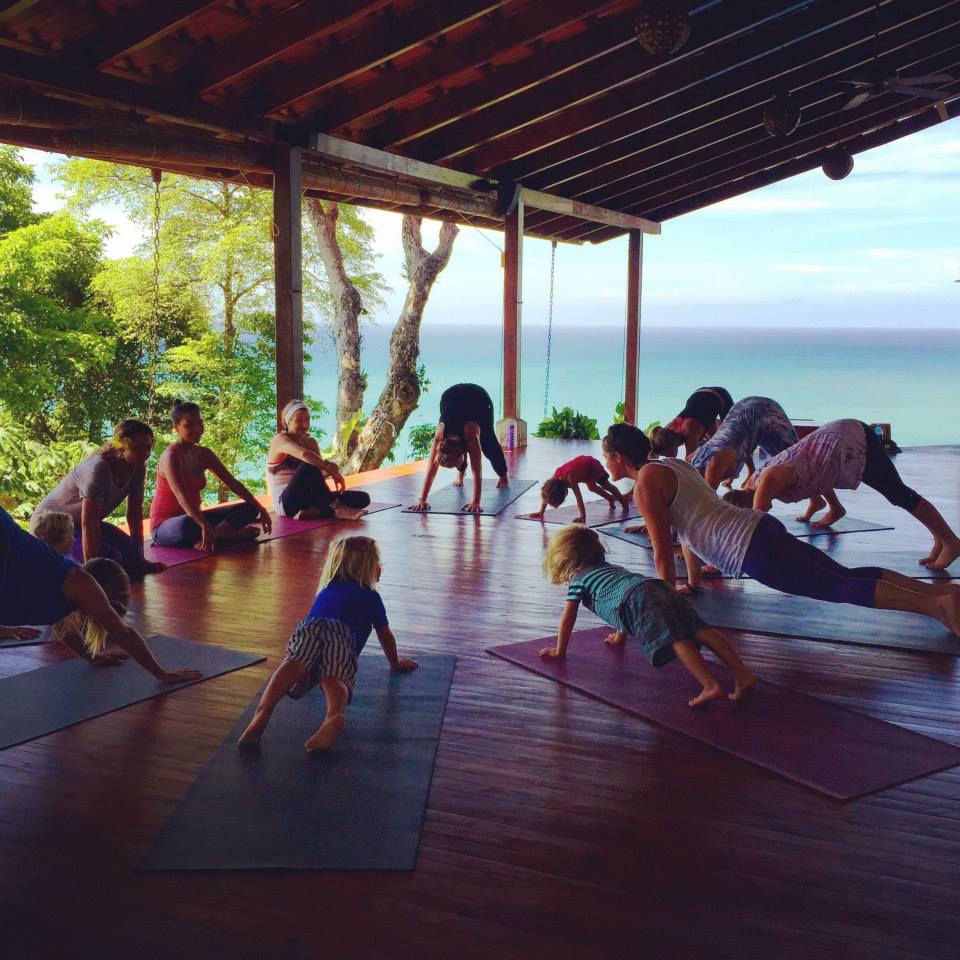
Yoga in Costa Rica
Learning through physical experience (movement) is a type of implicit learning. Implicit learning creates more neural networks in the brain, has greater meaning, and stays with the children longer. Most of all, implicit learning through movement is fun! Kudos to all of us who are helping children not only build tools for centering themselves in a world full of chaos, but for incidentally building literacy skills among our youth in a fun and engaging way!
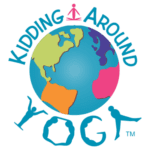
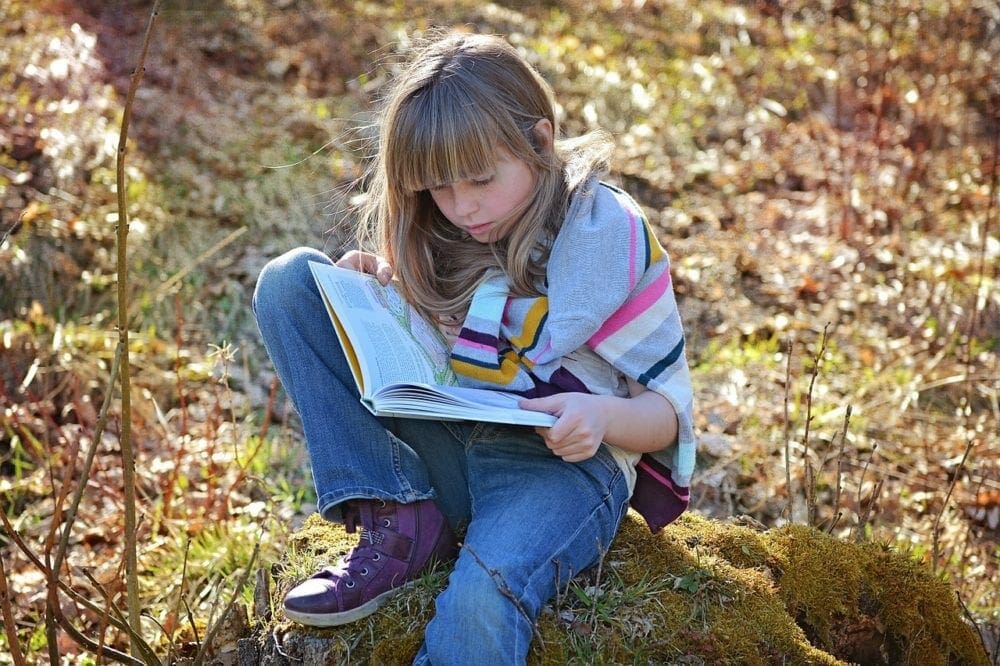 language.
language.